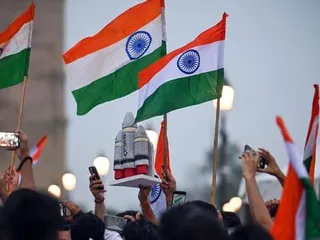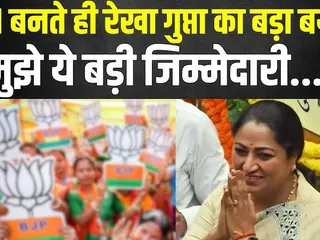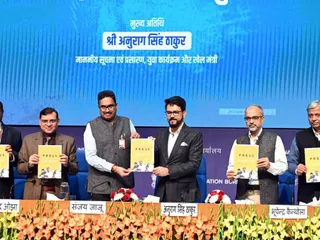The Gupta period (c. 320-550 CE) is widely regarded as a golden age in Indian history, marked by significant advancements in various fields, including literature. This era witnessed a flourishing of Sanskrit literature, producing works that continue to influence Indian culture and thought. The Gupta emperors actively patronized learning and the arts, creating an environment conducive to literary creativity.
Key Features of Gupta Literature:
Several factors contributed to the richness of Gupta literature:
- Patronage of Rulers: Gupta emperors, particularly Chandragupta II, were ardent patrons of learning, providing financial and social support to scholars and writers.
- Flourishing of Sanskrit: Sanskrit, already an established literary language, reached its zenith during the Gupta period, becoming the primary language for literary works.
- Diversity of Genres: The period saw a remarkable diversity of literary genres, including epic poetry, drama, lyric poetry, scientific treatises, and religious texts (Puranas).
- Development of Literary Styles: Gupta literature showcased sophisticated literary styles, employing intricate poetic devices and compelling narrative techniques.
Prominent Authors and Works:
The Gupta period produced numerous notable authors and works. Among the most famous:
- Kalidasa: Considered the greatest poet and dramatist of classical Sanskrit literature, Kalidasa authored masterpieces such as Shakuntala (a drama), Meghaduta (a lyric poem), Kumarasambhava (an epic poem), and Raghuvamsa (an epic poem). His works are characterized by their lyrical beauty, rich imagery, and profound understanding of human emotions.
- Aryabhata: A renowned astronomer and mathematician, Aryabhata wrote Aryabhatiya, a significant astronomical treatise that presented groundbreaking calculations concerning the earth's rotation and the solar system.
- Varahamihira: A celebrated astronomer and astrologer, Varahamihira's Pancha-Siddhantika synthesized various astronomical systems, influencing astronomical studies for centuries.
- Vishnu Sharma: Author of the Panchatantra, a collection of animal fables used to impart moral lessons, widely translated and appreciated across cultures.
Influence and Legacy:
The literature of the Gupta period left an indelible mark on Indian culture. The works of Kalidasa, in particular, continue to be studied and appreciated for their aesthetic and philosophical depth. Gupta literature significantly contributed to the development of Sanskrit grammar and poetics, shaping the literary landscape of subsequent centuries. The scientific treatises of Aryabhata and Varahamihira laid the foundations for future advancements in astronomy and mathematics. The enduring popularity of the Panchatantra highlights the timeless appeal of its moral and social commentary.
The Gupta period’s literary achievements represent a pinnacle of classical Sanskrit literature, showcasing the creativity and intellectual prowess of the era. Its influence can be seen in subsequent Indian literature, and its works continue to be studied and appreciated worldwide, demonstrating the enduring legacy of this golden age.














 (24)jpeg-1722421859875.jpeg.webp)







